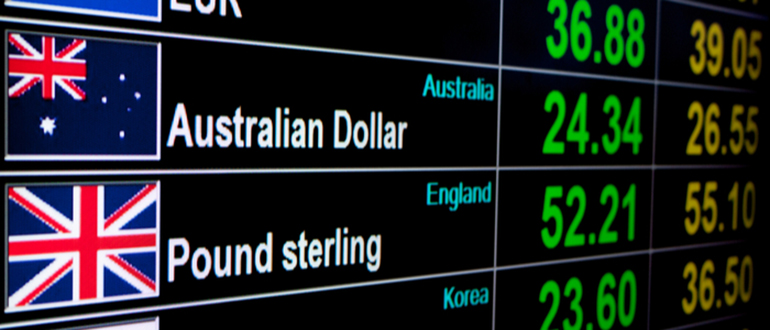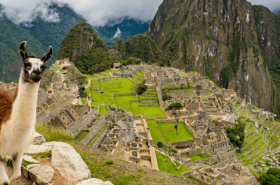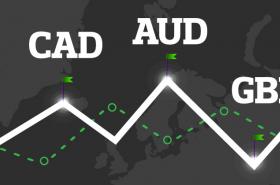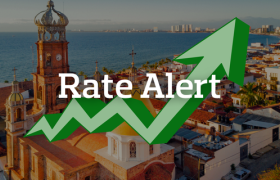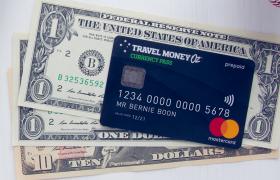Quick Contact

8th February 2017
If you’ve ever been overseas and exchanged your Aussie dollars for a foreign currency, then you’ve probably delved into the often complex currency exchange market. Trillions of dollars in foreign currencies are traded every day by governments, large companies and banks. All that money comes with a ton of rules and regulations that don’t really mean much to the average person going on holiday – you and me. If you’re feeling confused, don’t stress – we’re here to explain the basics of foreign exchange so you can get more bang for your buck on holiday.
These are the aspects of foreign exchange that could mess with your travel plans.
Whate are Exchange Rates?
An exchange rate tells you what your currency is worth in another currency – it’s the price you’ll be charged to buy one currency with another. For example, if you want to buy US dollars (USD), the exchange rate will tell you how many US dollars you’ll get for your Australian dollars (AUD).
Exchange rates are needed because one country’s currency isn’t always accepted in another. So you can’t just stroll into a shop in Italy and buy a loaf of bread with Aussie dollars. You’d need to purchase some Euros (EUR) with your AUD, then use those Euros to buy the loaf of bread.
We have a handy exchange rate calculator on our website that’ll help you figure out just how much money you can get in exchange for your AUD, based on today’s exchange rate.
How are Exchange Rates Set?
Not sure how the exchange rate will influence your ability to buy delicious carbs while on holiday? There are two main systems used to determine a currency’s exchange rate – a floating exchange system and a pegged exchange system.
- Floating Exchange – This is when a currency is worth whatever buyers are willing to pay for it. The exchange rate is affected by supply and demand, which is determined by foreign investment, import and export ratios, inflation and other economic factors. Floating exchange rates can fluctuate constantly.
- Pegged Exchange – This is when the exchange rate is set and artificially maintained by the government as the rate is pegged to another country’s currency, often the USD. In this instance, rates don’t fluctuate on a daily basis.
For instance, the rate of exchange between AUD and USD changes constantly.. On the other hand, the Hong Kong dollar is pegged to the US dollar, at a rate of 5.65 HK$ = 1 USD. This means you can be certain that if you exchange $100 USD into HKD, you’d get $565 HKD. Simple right?
Why Do Exchange Rates Change?
Basically, buying one currency in exchange for another works just like shopping at a department store – it’s all about supply and demand.
If the goods – whether it’s homewares at a department store or a particular currency at Travel Money Oz – are in high demand, the price goes up as supply goes down. If demand diminishes, the price goes down.
Lots of things affect supply and demand for currency – such as interest rates, political factors, economic performance and trade data. Any of these factors can make a foreign currency more or less popular on the exchange market.
The rates you see available at Travel Money Oz reflect all these factors, in the form of the value of foreign currencies against the Australian dollar.
How Do I Know if a Rate Will Go Up or Down?
The short answer here is you don’t. Sorry, but unless you’re a fortune teller, no one really knows what exchange rates are going to do from one moment to the next. If you’re inclined to spend some time researching, you could look at historical trends for the currency you want to buy. You can also try and use theories and science to predict what will happen next, but essentially it’s all just guesswork.
If you’d like to look at historical currency trends, check out our historical rate charts.
Why is the Rate Different on TV?
If you watched the news this morning and saw the rate of AUD against USD, then went to a Travel Money Oz store later in the day, you may notice the two rates are different. This is because the rate reported on the news is the wholesale rate – it’s the exchange rate available to bigwigs like governments, banks and businesses. It’s not a rate that’s available to the general public.
The rate you see in Travel Money Oz stores or on our website is the retail rate. We purchase a foreign currency from a wholesale provider and then sell it to the general public at the retail rate. It’s the same as a large homewares supplier buying their products from a wholesaler, and then selling them to the public at a retail price.
The world of foreign exchange can be a confusing one, because we’re expected to learn all the information, jargon and rates used by the wholesale world through TV, newspapers and the internet. But when we – the general public – want to go on holiday, it’s the retail aspect of this world we operate in.
Hopefully this information will help you understand the difference, but if you have any questions, our FXperts will be more than happy to help you out! Find your nearest store and visit us today!
This blog is provided for information only and does not take into consideration your objectives, financial situation or needs. You should consider whether the information and suggestions contained in any blog entry are appropriate for you, having regard to your own objectives, financial situation and needs. While we take reasonable care in providing the blog, we give no warranties or representations that it is complete or accurate, or is appropriate for you. We are not liable for any loss caused, whether due to negligence or otherwise, arising from use of, or reliance on, the information and/or suggestions contained in this blog.
